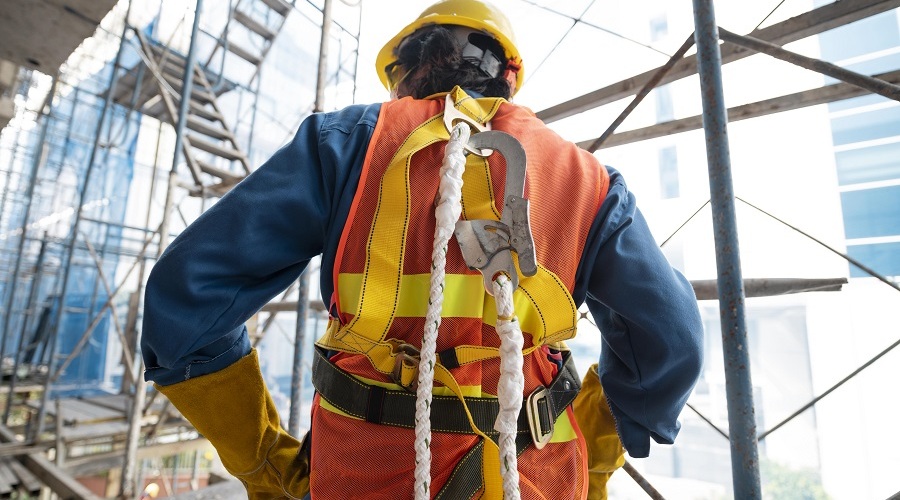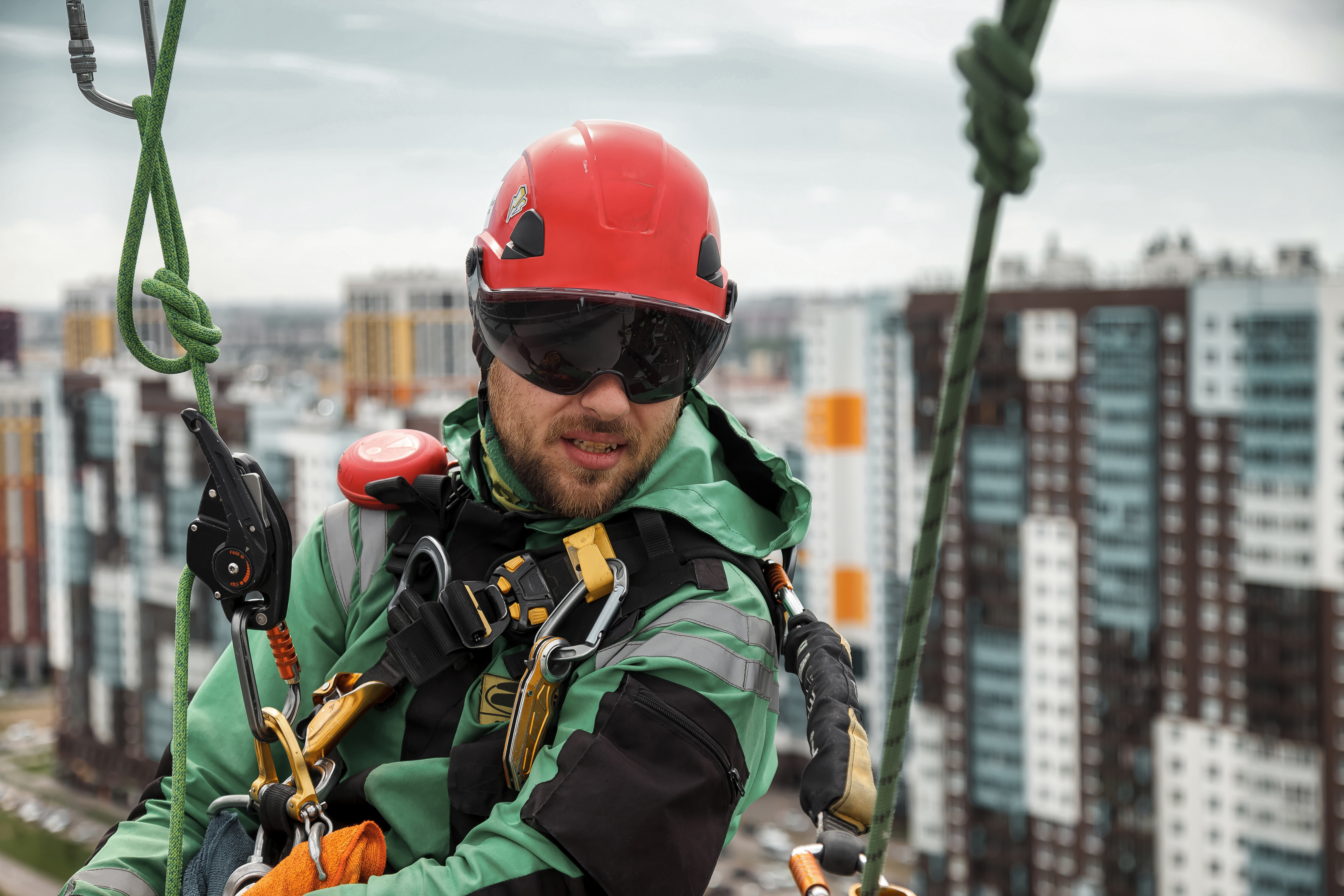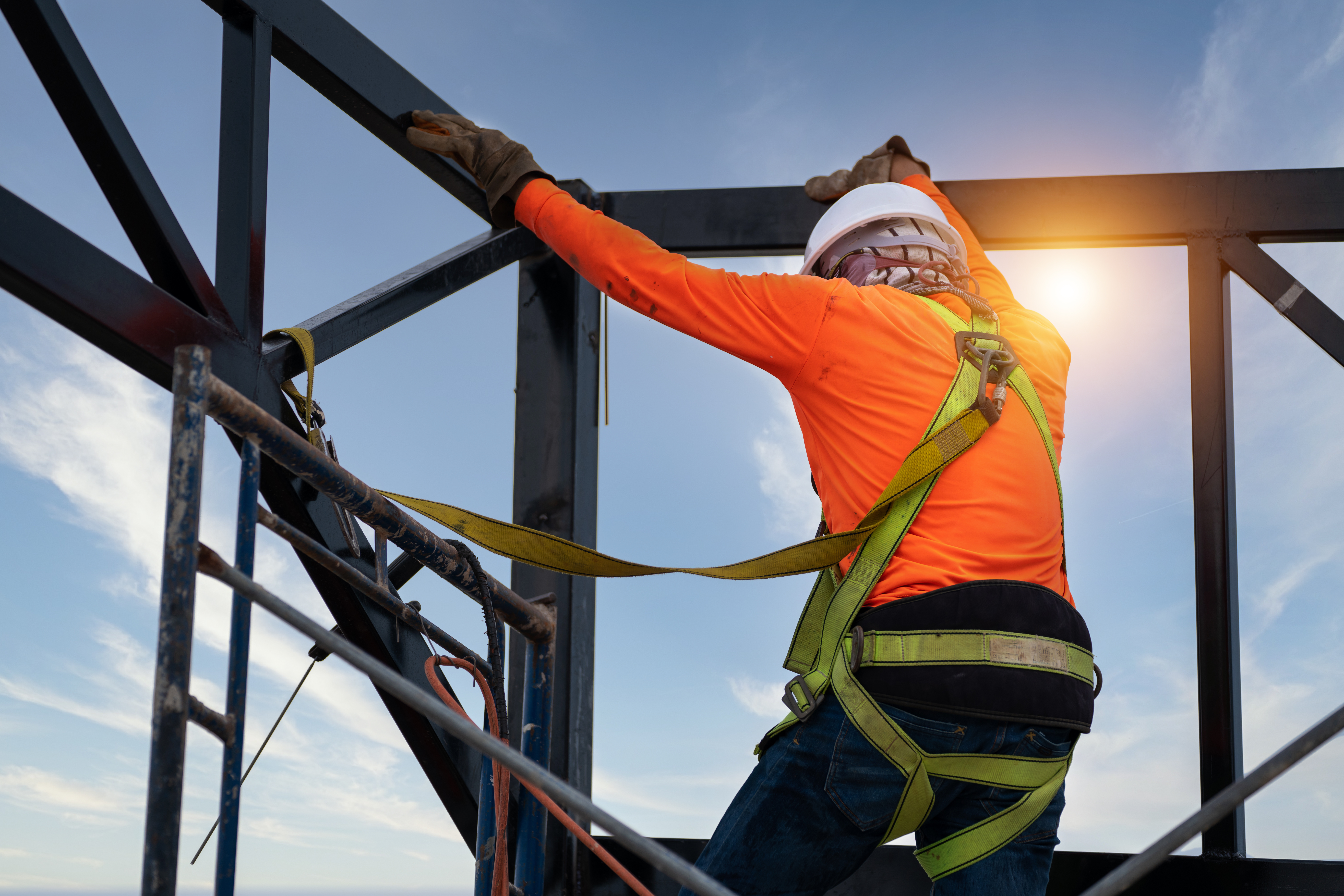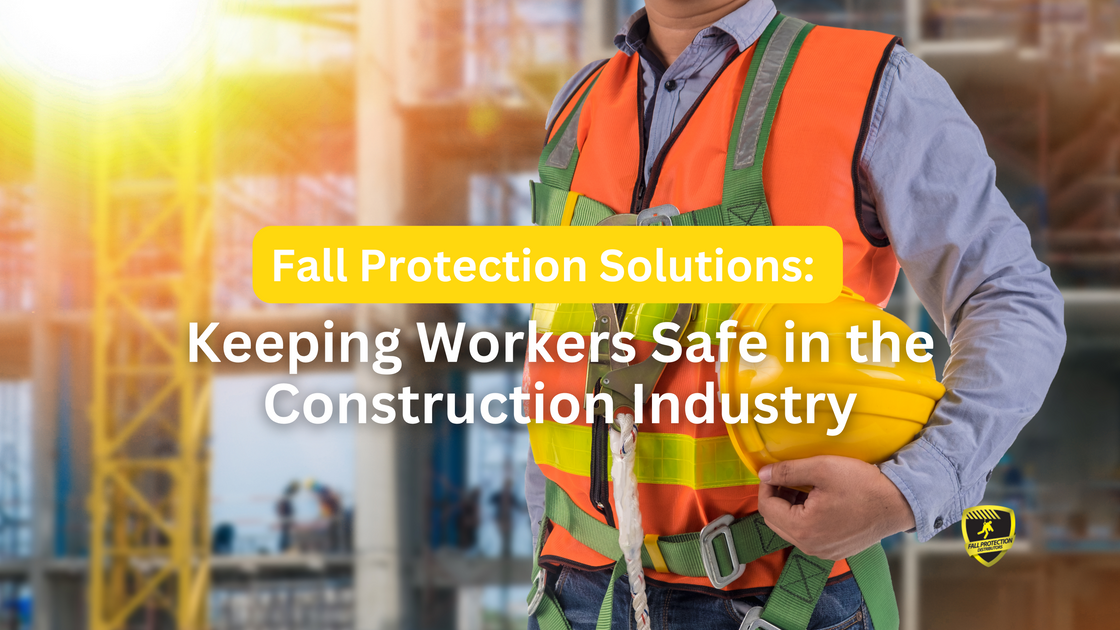Keeping Workers Safe
Posted by Howie Scarboro - CEO Fall Protection Distributors, LLC on Apr 3rd 2023
Fall protection is a critical aspect of workplace safety, particularly in the construction industry, where workers are at an increased risk of accidents and of falling from heights.
According to the Occupational Safety and Health Administration (OSHA), falls are the leading cause of death in the construction industry, accounting for more than a third of all fatalities. It is, therefore, essential that employers take the necessary measures to prevent falls and ensure that their workers are protected from fall hazards.
This blog post will explore fall protection equipment and systems that can help prevent falls in the workplace and keep workers safe.

Types of Fall Protection Equipment
Personal Protective Equipment (PPE) is essential in protecting workers from fall hazards. A safety harness is one of the most common types of PPE used in the construction industry. A full-body harness is designed to distribute the force of a fall across the worker's entire body, reducing the risk of injury. It should fit snugly and be adjusted to fit the worker's body to prevent it from slipping off in the event of a fall.
Concrete, steel, and anchors designed specifically for standing seam roof systems are also used as fall protection devices. They are used to secure lifelines and other equipment to the structure being worked on. Horizontal lifelines are another fall protection system that consists of a cable that is anchored to two or more points and connected to a worker's harness. They provide freedom of movement for workers while still protecting them from falls by reducing free fall distance.
Leading Edge Self-Retracting Lifelines (SRLs) are another type of fall equipment that is commonly used in the construction industry. They are used to protect workers from falls while working on communication towers or other structures with an exposed edge.

Fall Protection Systems
There are different types of fall protection systems that can be used in various work environments. In general industry workplaces, OSHA requires fall protection for workers who are working at heights of four feet or more. In the construction industry, fall protection is required for workers who are working at heights of six feet or more.
Confined space systems are used when working in areas where there is a risk of falls, such as tanks, pits, or other confined spaces. They typically include a tripod or davit arm, a winch, and a lifeline line.
Leading Edge SRLs are used in situations where workers are at risk of falling from an exposed edge, such as on communication towers or other structures. They allow workers to move freely while still being protected from falls.

Fall Protection Standards
OSHA has set fall protection standards that must be followed in the workplace. These standards outline the requirements for fall equipment and systems, as well as the training and education of workers on fall protection.
Employers must ensure that workers understand the hazards associated with working at heights and the proper use of protective equipment during the job on. Workers must be trained to inspect fall protection equipment before each use and to replace any damaged or defective equipment immediately.
Conclusion
Fall protection is essential in the construction industry and other workplaces where workers are at risk of falling from heights. Employers must take the necessary measures to prevent falls and protect their workers from fall hazards. This includes providing the proper equipment and systems, such as safety harnesses, concrete and steel anchors, horizontal lifelines, and confined space systems.
Employers must also ensure that workers are trained on the proper use of fall protection equipment and systems and that employees are aware of the hazards associated with working at heights. By implementing these measures, employers can prevent falls and keep their workers safe.

